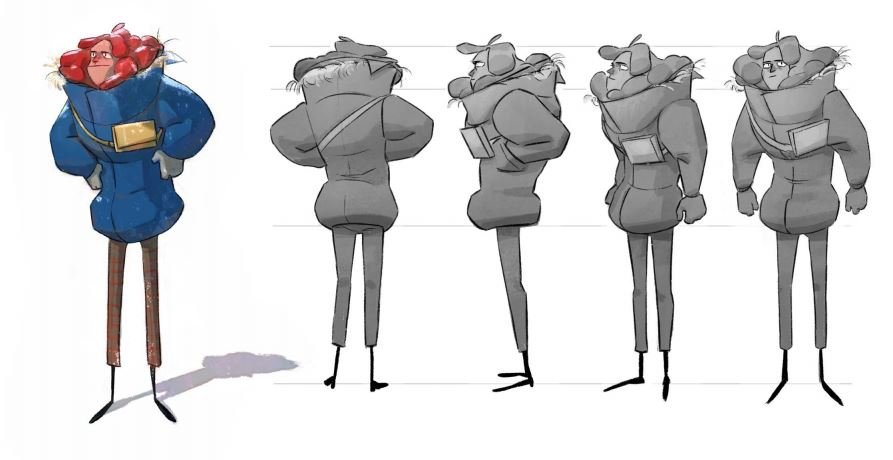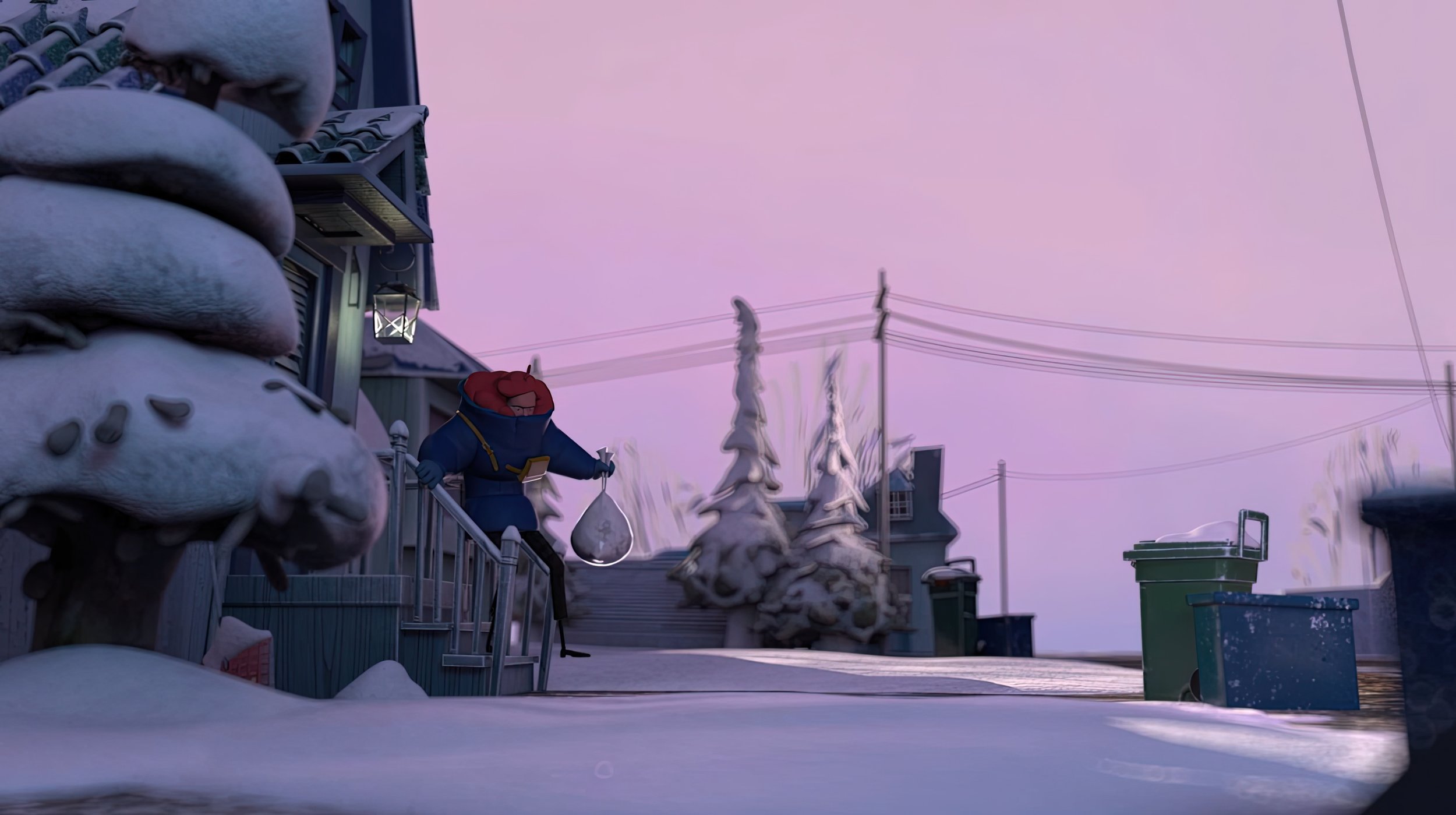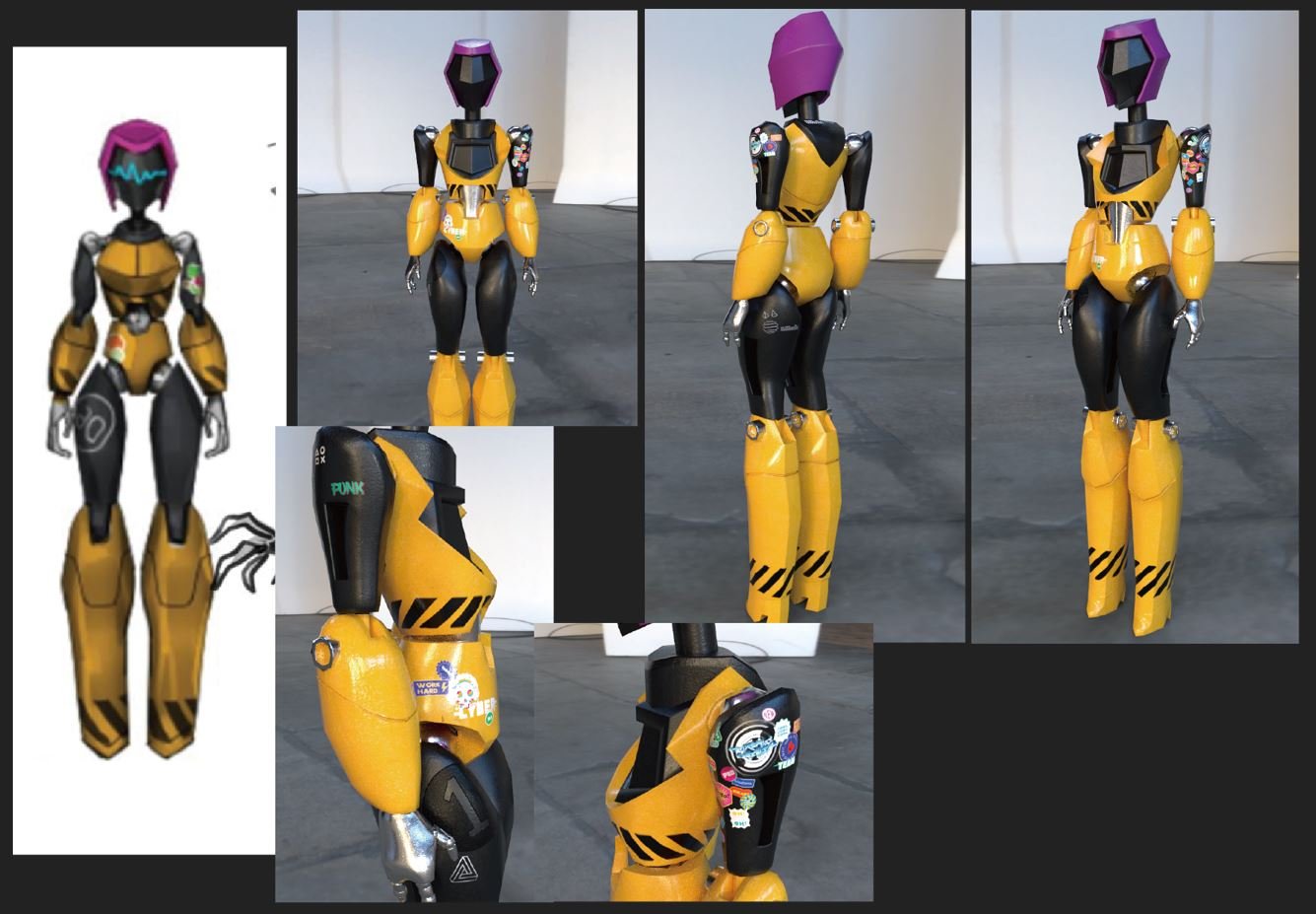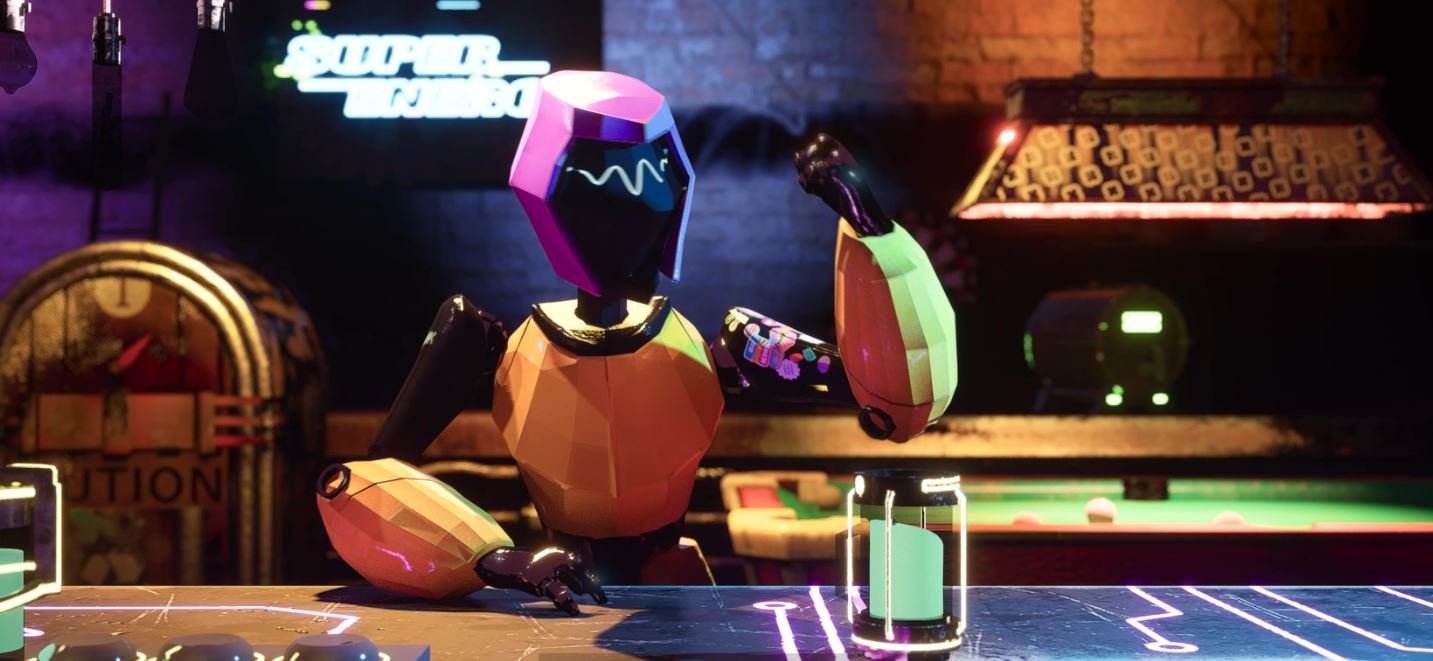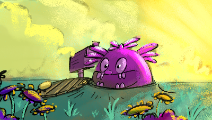
CA - Animation Design and Directed Projects
I’ve been leading the Design and Directed Projects courses at Sheridan since 2002, and these remain some of the most rewarding parts of my teaching career. It’s a privilege to guide students as they develop their ideas from initial concept through to the completion of major projects.
Design introduces students to cinematic language and serves as the foundation for pre-production on their animated shorts. In Directed Projects, which runs in the second semester, students move from 2D concepts to 3D production, working through layouts and building their films with feedback provided in weekly critiques.
The course content covers essential topics like the Production Process, Cameras and Continuity, Composition, Use of Colour, Character and Location Design, and Pitching Ideas. A significant portion is dedicated to class critiques, where originality and experimentation are encouraged.
These courses are central to the curriculum, emphasizing quality, aesthetics, ideation, and storytelling. As we continue refining our new 10-month program, the goal is to strengthen these courses further, ensuring they maintain the high educational standards we’re known for.
Group Assignments
When we first transitioned to virtual learning, I recognized the need for students to connect and collaborate with each other in new ways. That's why I introduced group projects as fun and engaging icebreakers. These projects were designed to correspond with my series of lectures on Cinematic Language, which explores the principles and techniques of storytelling through visual media. By aligning the group projects with the lecture topics, students were able to put theory into practice and develop their skills in a more hands-on way.
I'm proud to say that the group projects were a success, with students working together to create exciting and innovative short films that showcased their creativity and technical abilities. As a result, I have continued to incorporate group projects into my teaching, not only as a way to build connections and foster collaboration but also as a means of reinforcing key concepts and techniques. For example, the group projects have now become an integral part of my Cinematic Language series, providing students with the opportunity to apply what they have learned and receive feedback from their peers. If you would like to see a sample from this series, please click on the link for Cinematic Language 2.
Cinematic Lagnuage 1 - Cameras
Cinematic Language 3 - Continuity
Cinematic Language 4 - Colour
The Stinger
The mini-golf project is one of the newest additions to our 10-month program, and I am excited to see what my students will come up with. By challenging them to design their own mini-golf greens within specific dimensions, I hope to foster their creativity and encourage them to think outside the box. With complete freedom to choose their themes, styles, and lighting, students have the opportunity to explore their own interests and showcase their unique perspectives. As an example, I decided to create a Japanese-inspired course for the students to use as a reference. You can view the design package I created for this course below, which includes details on the dimensions, obstacles, and overall aesthetic. I can't wait to see how my students will take this project in new and exciting directions.
I also wanted to play with scale, starting off small with the zen garden. Then travelling to the larger scale of the pagoda. You can see the final result on my Asset Creation 1 page.
The Bumper
The Bumper assignment is an exciting new addition to our curriculum and serves as a fresh take on the older interstitial project. This project marks the first time students create a character and incorporate it into their work, making it an essential component of the curriculum. The project involves designing a unique character that will act out a short scene within a tight time frame of 10 seconds or less. Students are encouraged to think outside the box and come up with creative and engaging storylines that don't feel rushed. This project also provides a more in-depth production experience than the stinger project, allowing students to gain valuable hands-on experience with character design and animation. Overall, the Bumper assignment is an important and exciting project that will help students develop key skills and prepare them for success in the animation industry.
For more information, have a look at the Bumper Pitch Package document.
The Capstone
Students have the opportunity to express themselves through the development of a short animated film. In the past students had to create a one-minute film with a minimum of 30 seconds of animation. With the new curriculum, I pushed to allow students to specialize. This was reflected in the comments from the Professional Advisory Committee. So we’ve devised two paths:
A Character Path: This will give students who want to animate the time to do just that. Removing unnecessary hurdles (such as rigging, detailed background models, etc) students can focus on strictly the performance. I developed an auto-rig that the students can use to get up and running faster than before.
Modelling and Surfacing Path: This path is basically the opposite of the Character Path. Students don’t have to worry about modelling, rigging, and animating a character. They can focus strictly on creating a cool diorama. Emphasis is placed on surface topology, materiality, and textural wear and tear.
The Capstone has quite a few deliveries that begin in the second half of the first semester and with the remainder spaced out through the rest of the school year.
Design Package: The students pitch their projects and then develop the initial story, character, and location designs (depending on the path).
Animatic: The students have the first half the second semester to visualize their ideas in the form of a motion board.
Layout: In the final half of the second-semester students translate their 2D animatics into 3D, with a focus on Cameras, Composition, Shot Timing and Staging.
Weeklies: This is an essential part of the process and mimics the industry. Students show new work as well as demonstrate how they’ve addressed comments from the previous session.
For more information, have a look at the Directed Projects Overview document.
Character Design - Yiro Zou (2020)
Location Design - Yiro Zou (2020)
Storyboard - Yiro Zou (2020)
Final rendered still from her Capstone - Yiro Zou (2021)
The Short Project
As the name implies this is a very “short” project, particularly when it comes to the time students have to develop this. The students have exactly one week to create a 10-30 second short film from beginning to end. I’ve always wanted to do a version of an animation jam, which is how the Short Project came about.Each class acted as their own studio, where every student had a Major and Minor role that mirrored the various fields of study in the industry. I developed how this project would be implemented and delivered and was very impressed with what the students were able to accomplish in the available time.
For more information, have a look at the Short Project handout.
These are a few development pictures from group CA1
The well modeled and textured character.
A still from the final project.




